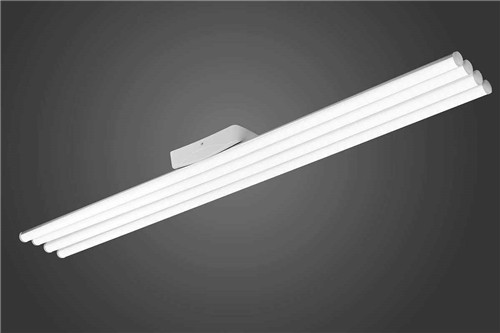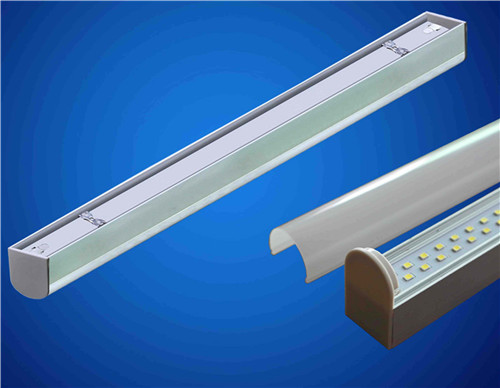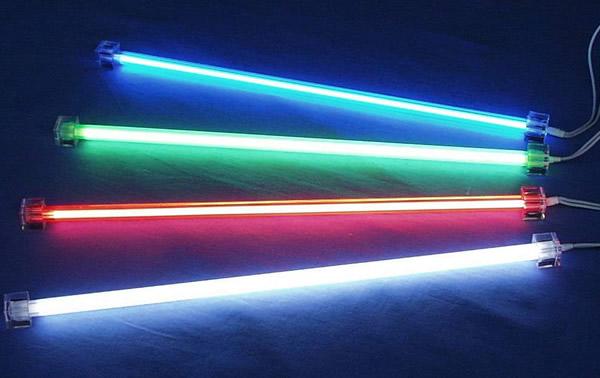1. Introduction
In the past 30 years, the technology of LED light-emitting diodes has experienced a process of rapid development. People have widely used LEDs due to their inherent advantages of efficiency, loss, vibration resistance, and fast response. Such as indicator lights, displays, traffic lights. It is currently being promoted on a large scale in the field of general lighting.
Since the global LED photometric standard has not yet come into existance, it has seriously affected the improvement of LED product quality and the unification of magnitude. Due to international trade barriers, international exchanges and promotion of LED technology have been hindered to some extent. Therefore, although the quality of LED products in the world has improved in recent years, the technical level among countries is still uneven.
Under this circumstance, we started to conduct a detailed study on the measurement of LED optical parameters, and carried out the establishment of LED national standards.
2. Introduction of LED Light Parameters
The important aspects of the optical parameters of LED are: luminous flux, luminous efficiency, luminous intensity and luminous intensity distribution.
(1) Luminous efficiency and luminous flux
Luminous efficiency is the ratio of luminous flux to electrical power. Luminous efficiency characterizes the energy-saving characteristics of light sources, which is an important indicator to measure the performance of modern light sources.
(2) Luminous intensity and luminous intensity distribution
LED luminous intensity is to characterize its luminous intensity in a certain direction. Since the light intensity of LEDs varies a lot at different spatial angles, we studied the light intensity distribution characteristics of LEDs.
This parameter is of great practical significance and directly affects the minimum viewing angle of the LED display device. For example, the large-scale LED color display of the stadium, if we use the LED single-tube distribution, the range will be very narrow, so the audience facing the display at a large angle will see the distorted image. And traffic lights also require a large range of people to identify.
(3) Wavelength
For the spectral characteristics of LED, we mainly look at whether its monochromatic color is good, and pay attention to whether the main colors such as red, yellow, blue, green, and white LEDs are pure. Because in many occasions, such as traffic lights, the color requirements are more stringent. However, it has been observed that some LED signal lights are now blue in green and deep red in red. From this phenomenon, it is very necessary and meaningful for us to conduct special research on the spectral characteristics of LEDs.
3. Principle of LED Photometric Measurement
(1) Measurement method of light intensity
Install and debug the light intensity standard lamp, LED lamp and silicon photodiode with ν (λ) filter on the optical bench, especially strictly adjust the position of the filament, the LED light-emitting part and the receiving surface.
First calibrate the silicon photodiode with a light intensity standard lamp, C=E/S
where: E s — IS/(d2s)
ds is the distance between the standard lamp and the receiver. Is is the light intensity of the standard lamp and Rs is the response of the standard lamp.
Es=C•Rt
In the formula, Et is the illuminance of the LED under test, Rt is the response of the LED under test, then the light intensity It of the LED is:
It=Et•d2t
where d t is the distance between the LED and the receiving surface.
For LEDs, the light-emitting surface is in the shape of a dome, and the light distribution is very special. So at different measurement distances, the light intensity will vary, deviating from the inverse square law of distance. Even if the measurement distance does not change, the intensity value will vary due to the difference in the receiver area.
Therefore, in order to improve the measurement accuracy, the measurement distance and the size of the receiving area should be relatively fixed as well. For example, the measurement distance is 316mm according to the CIE recommendation, and the receiver area is fixed at 10×10mm. Under the same measurement distance, the light intensity of the LED varies correspondingly with different corners of the LED. Therefore, in order to obtain the best value, it is better to read the maximum reading Rt.
(2) Measurement method of luminous flux
Variable angle photometer measurement method
The luminous flux measurement is carried out on the turntable of the variable-angle photometer. LEDs are mounted on a turntable that rotates ±90 degrees around its vertical axis in its horizontal plane. The LED rotates 360 degrees around the photometric axis in the vertical plane.
Rotation on the horizontal and vertical planes is achieved by means of stepper motors. The turntable moves freely on the guide rail, and when measuring the standard light, the turntable should leave the guide rail. When measuring, the large turntable rotates around the vertical axis in the horizontal plane. The step angle is 0.9°, 90° in the forward direction and 90° in the reverse direction. The LED itself is also spinning. At each horizontal angle, engineers usually collect the signal every 18° on the vertical plane. After 360° of rotation, we collect a total of 20 data then, and the total luminous flux comes as follows.
If the large disk rotates 0°~90°, the small disk can rotate 0°~360°. However, if the large plate rotates 0°~90°, it is possible that the LED installation is uneven (asymmetrical) and causes errors. Therefore, the best solution is to rotate the large disk -90°~0°~90°, and the small disk still rotates 0°~360°. Take the average of the illuminance values at angles with equal absolute values within the two ranges of 0°~90° and -90°~0° as the value within 0°~90°.
Integrating sphere measurement method
The second method of LED luminous flux measurement is the integrating sphere method. The advantage of this method is that it is simple and easy to implement, but the measurement accuracy is not high.
The total luminous flux of LED usually come as follows:
First calculate the luminous flux φs of the standard lamp (light intensity value I s) entering the integrating sphere at a distance of 1 from the incident window (incident window area A) of the integrating sphere. φs – I s•A/I2, read out the photocurrent signal is on the receiver, then put the LED on the window, read out the corresponding photocurrent signal it on the receiver. Then the total luminous flux φ of the LED is:
φt=It / Isφs•K
where K is the color correction coefficient.
(3) Spectral power distribution measurement
The purpose of measuring the spectral power distribution of LEDs is to grasp the spectral characteristics and chromaticity of the LEDs. We usually use both of that to correct the photometric values of the LEDs.
When measuring LED spectral power distribution, the following points should be noted:
One is that the spectral radiance of lamps compared at standard spectral irradiance is much stronger than that of LEDs. To avoid this problem, it is best to use a monochromator with a narrow wavelength width for measurement. The wavelength interval is preferably 1 nm.
Calculate the spectral power distribution Et of the LED as follows:
Etλ=Esλ•Itλ/Isλ
where i is the response of the standard lamp at wavelength i, E is the spectral power distribution of the standard lamp, and i is the response of the LED at wavelength λ.
The formula for calculating the color coordinates of LEDs is:
X ∫Etλ•xλdλ
Y ∫Etλ•ydλ
Z ∫Etλ•ydλ
The color coordinates are:
x – X/(X+Y+Z)
y – X/(X+Y+Z)
We can also calculate the dominant wavelength and color purity of the LED.
4. Conclusion
At present, the national light standard device of LED has established and calibrated a considerable number of standard LED tubes. In the process we have accumulated a lot of experience. After that, we will transfer the value of measurement departments and overall production units at all levels, and monitor them uniformly, which will promote the improvement of the quality level of LEDs. It will also provide a guarantee for research and development in the global high-tech field.









